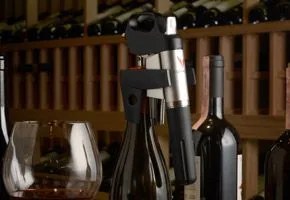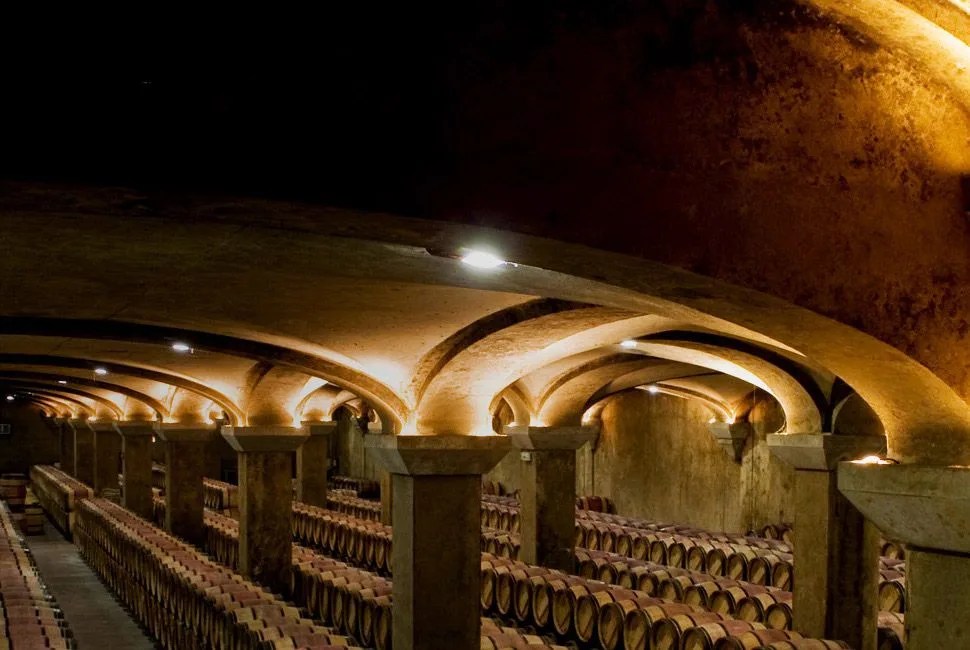I come from a family of beer drinkers, firmly rooted in the blue-collar heritage of my grandfather’s construction and carpentry business. My father likes to say that it was his own skill at unskilled labor that paid his way through college. He wholeheartedly embraced the craft beer movement, never passing up the chance to try the local offerings in his travels across the U.S. and abroad. My brothers share his taste for the malt, but my passion, until recently, has been for wine.

Sure, there was pretension in my burgeoning interest, but cooking brought me naturally to wine, both as an ingredient and an accompaniment. Jacques Pepin’s boeuf bourgoyne, risotto enriched with dry white wine: these were only the beginning. Selecting the perfect bottle to pair with the meal? Now there was a challenge.
But moving frequently has made collecting a challenge — in addition to the normal limits of budget and storage space, managing the key elements of temperature, humidity, and light exposure make large holdings all but impossible. Long periods overseas, extended transit of shipped household goods through tropical and desert climes — these make for trying conditions under which to shelter a prized bottle.
I subjected a ’92 Silver Oak cabernet sauvignon to those tortures. The Silver Oak was a stretch purchase for me, but it was my first attempt at aging a decent wine. I did everything wrong. At a special dinner in 2005, I watched with dismay as the cork crumbled in the sommelier’s hands. A hushed conference between the somm and the manager ensued. The manager assured me this was not too unusual as the somm ushered the patient into the back to perform a more delicate CPR (cork pulling routine). Filtered of cork and decanted, the cab was brought out. The wine was the faded ghost of the big Napa cab the vintner intended, the color of brick and devoid of the bold nose for which Silver Oak is known. Some of the tobacco, plum and earth remained, but I couldn’t help but think that I had cooked it.
Coravin Wine Access System

